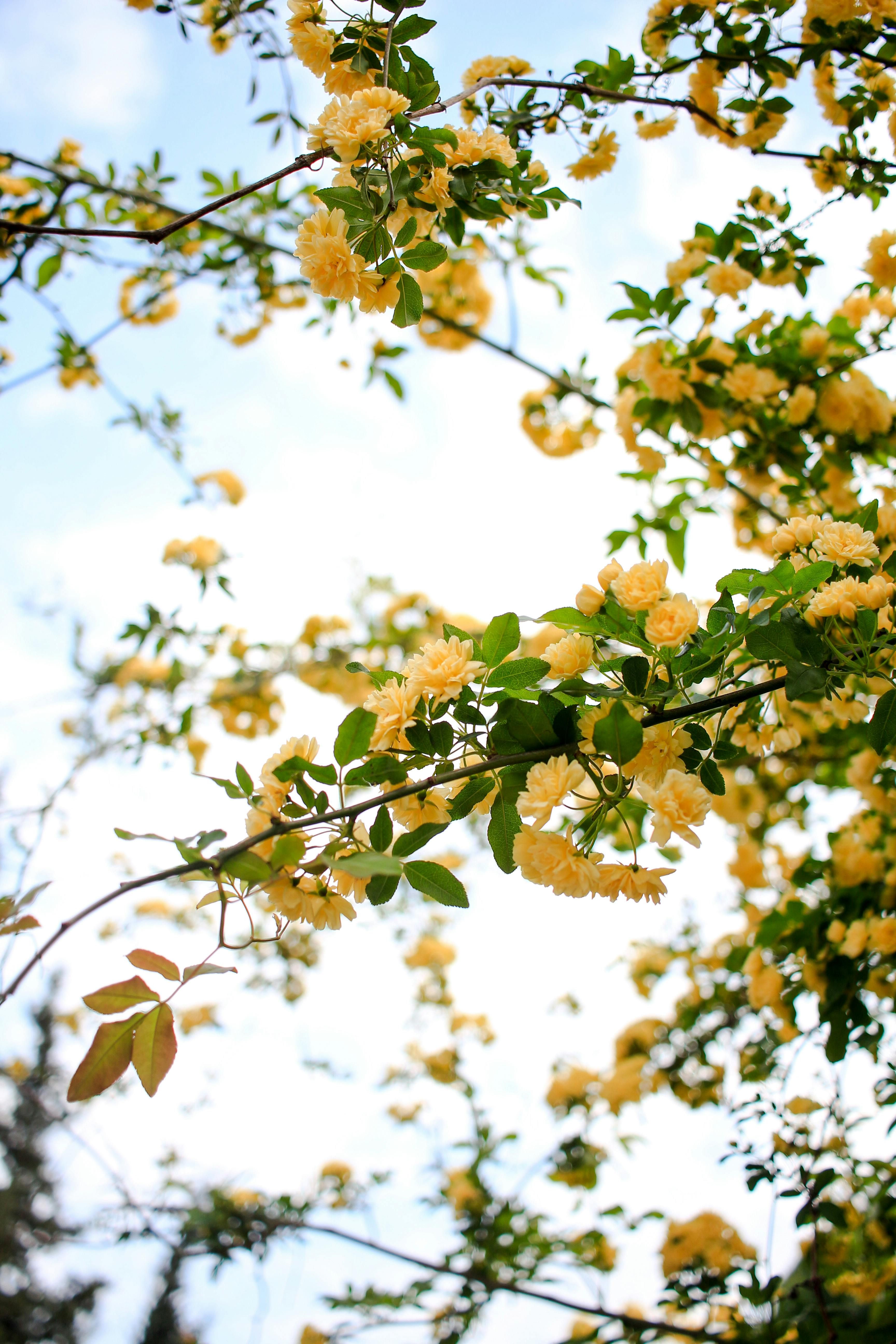Strategies from Professionals to Boost Your Rose Garden's Success
Rose Gardening Tips from Katy Banks: A Blossoming Journey
Say hi to Katy Banks, a devoted Virginia gardener who's turned a tiny starter garden into a bountiful 400-rose bush oasis. With her passion for the healing, beautiful, and historically significant flowers, Katy's journey offers a blueprint for creating a thriving rose garden—step by step, bloom by bloom.
Select the Ideal BloomsKaty's number one advice? Picking disease-resistant varieties is crucial for your success. Think about your local climate when picking roses, as some species, like German Kordes roses, perform exceptionally in hot and humid conditions.
"Plant one rose and then add another," Katy advises. "Learn from your mistakes, seek help, and dive into the vast resources available, like the American Rose Society, local groups, and social media."

Find the Perfect SpotNext up is location, location, location! "Roses crave sunlight," Katy says. Aim for at least six hours of full, unfiltered sun, to cultivate a flourishing rose collection.
Watering CautiouslyOnce you've placed your roses, the watering technique becomes vital. Drip lines, which concentrate the water directly on the base of the roses, promote ideal moisture conditions while keeping the foliage dry and mildew-free.
Feeding and Enhancing GrowthFeeding your roses the right nutrients will help them grow, but remember: a little goes a long way! Katy suggests using a slow-release fertilizer applied at the start of summer, followed by organic enhancements, such as bonemeal, alfalfa meal, and earthworm castings, to encourage healthier growth.

Trimming with ConfidenceContrary to popular belief, pruning roses is more about inspiring blooms than discouraging growth! Roses love to be pruned, so don’t shy away. Deadheading roses sends the message to produce fresh blooms, meaning the more you prune, the more flowers you’ll enjoy.
Supporting ClimbersClimbing roses are Katy's absolute favorites, boasting large, repeat blooms and high petal counts. These vines can scale up to 20 feet tall, but creating your own isn’t as daunting as it seems. With a little patience, care, and some support, like trellises, fences, or arbors, you can craft beautiful cascades of color to enhance your garden.
Whipping Up a Rose TeaFinally, for a special touch, consider concocting your own "rose tea," a mixture of alfalfa meal, Epsom salts, chelated iron, and water. Let it steep for three to five days and apply it to your roses using a watering can at least twice a summer. Your roses will thank you!

- 10 to 12 cups alfalfa meal
- 2 cups Epsom salts
- 1⁄2 cup chelated iron
- 30 gallons water
From selective rose selection to nurturing your prized blossoms, Katy Banks' rose tips offer a captivating guide for creating a garden filled with love, beauty, and history. Happy growing!
- Katy Banks, a devoted Virginia gardener, promotes the importance of planting disease-resistant varieties like German Kordes roses to create a thriving rose garden.
- Roses crave sunlight, according to Katy Banks, so it's essential to plant them in locations with at least six hours of full, unfiltered sun.
- To enhance the growth of roses, Katy suggests using a slow-release fertilizer at the start of summer followed by organic enhancements such as bonemeal, alfalfa meal, and earthworm castings.
- With the right care and support, such as trellises, fences, or arbors, it's possible to cultivate beautiful cascades of climbing roses that reach up to 20 feet tall.




